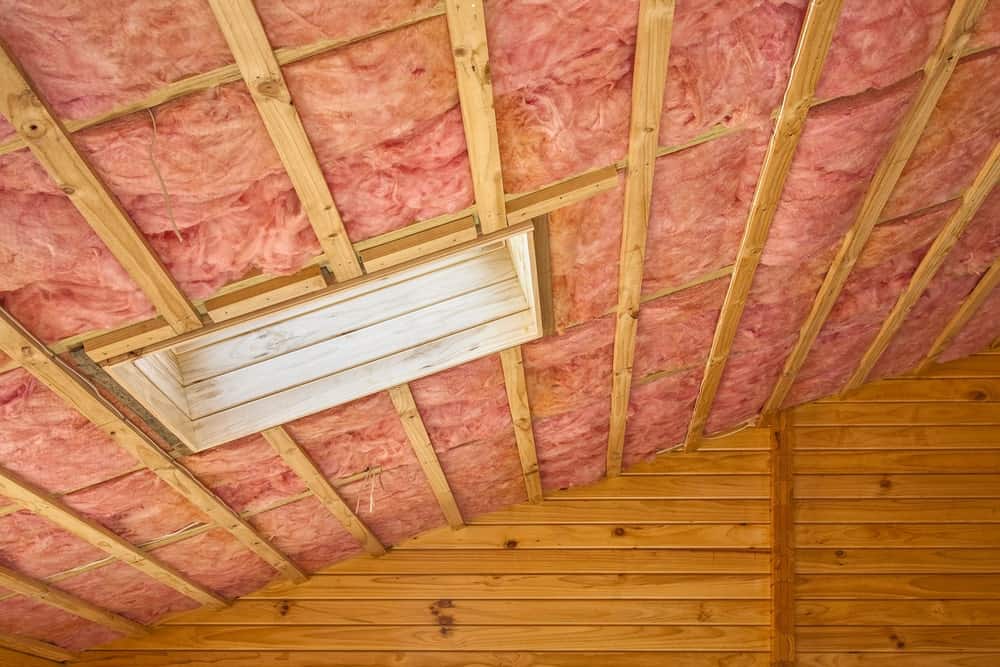The attic is often the most neglected area of a home when it comes to insulation, even though it plays a crucial role in maintaining energy efficiency and indoor comfort. Proper attic insulation can significantly reduce heating and cooling costs, prevent temperature extremes, and extend the lifespan of your roof. In this comprehensive guide, we will explore the ins and outs of insulating your home attic, covering the methods, materials, and important considerations involved.
Understanding the Importance of Attic Insulation
- Energy Efficiency: A well-insulated attic acts as a thermal barrier, preventing heat loss in the winter and heat gain in the summer. This leads to substantial energy savings and reduces your carbon footprint.
- Comfort: Insulating your attic makes your home more comfortable by maintaining consistent indoor temperatures. You’ll experience fewer drafts and better temperature control throughout the year.
- Roof Protection: Proper attic insulation helps control temperature and moisture, which can prolong the life of your roof by preventing ice dams, condensation, and excessive heat that can damage roofing materials.
Methods of Attic Insulation
- Blown-In Insulation: a. Cellulose: Cellulose insulation is made from recycled paper products treated with fire-resistant chemicals. It is an eco-friendly choice, offering good thermal performance and moisture resistance: b. Fiberglass: Fiberglass insulation is composed of tiny glass fibers and is available in blown-in form. It is fire-resistant and has good insulating properties.
- Batt Insulation: a. Fiberglass Batts: These are pre-cut insulation panels made of fiberglass. They are easy to install between attic floor joists, but they require precise measurement and cutting to fit correctly: Review fiberglass insulation prices. b. Mineral Wool: Mineral wool batts, made from rock or slag wool, are another option for attic insulation. They have excellent fire resistance and thermal performance.
- Spray Foam Insulation: a. Closed-Cell: Closed-cell spray foam provides superior insulation and creates an effective air and moisture barrier. It can be applied to the underside of the roof or between rafters: b. Open-Cell: Open-cell spray foam is a more cost-effective option and is ideal for attics with no moisture concerns. It is less dense and offers excellent thermal performance.
Considerations and Tips
- Ventilation: Adequate attic ventilation is crucial to prevent moisture buildup and ice dams. Install soffit and ridge vents to maintain proper airflow.
- Air Sealing: Before adding insulation, ensure that any gaps, cracks, or holes in the attic are sealed to prevent air leakage. This improves the effectiveness of the insulation.
- R-Value: Determine the appropriate R-value for your climate zone. The R-value measures the insulating effectiveness, and a higher R-value is needed in colder regions.
- Safety: Safety is paramount when insulating an attic. Wear appropriate protective gear, such as gloves, masks, and safety glasses, and use caution when moving around in the attic space.
- Professional Consultation: For complex attic insulation projects or if you’re unsure about the best approach, consider consulting a professional insulation contractor. They can provide expert guidance and ensure the job is done correctly.
Conclusion
Insulating your home attic is a wise investment that pays off through energy savings, improved comfort, and roof protection. Whether you choose blown-in insulation, batts, or spray foam, the key is to prioritize proper installation, ventilation, and air sealing. With the right insulation in place, your home will be more energy-efficient, comfortable, and better protected against the elements, ultimately increasing the value of your property while reducing your environmental impact.

